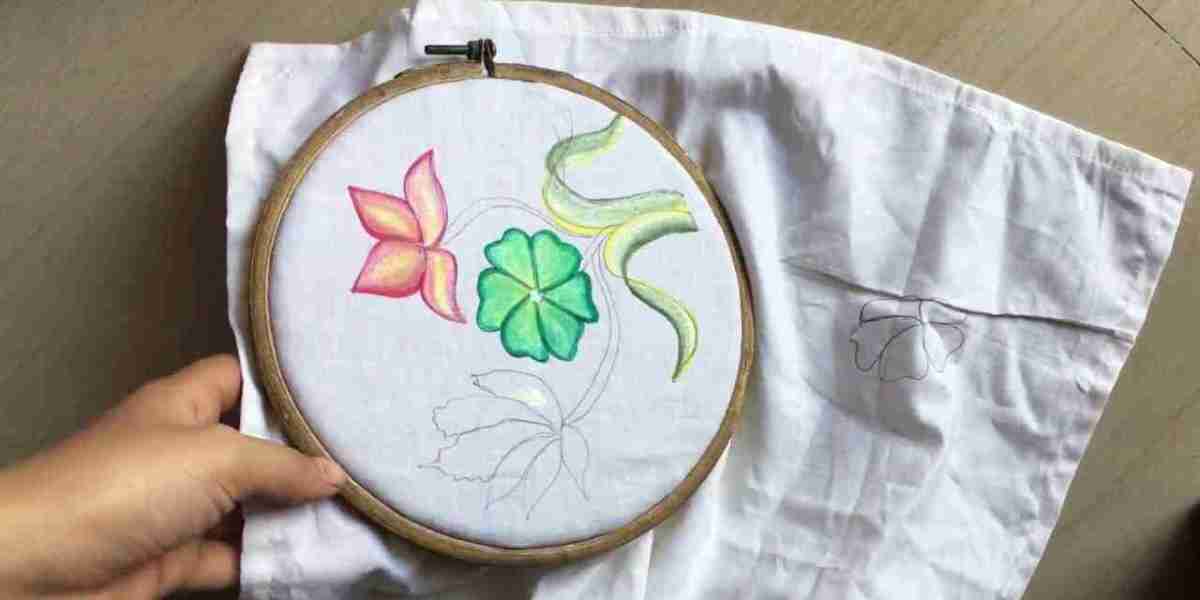Fabric painting is the skill of applying colors to the fabric to make it attractive which is a very exciting experience. Painting techniques make stunning creativity which is made by the depth of hue and shades or the creativity of the textures formed. Nothing could be easier than painting directly on the fabrics, but prior knowledge of the color techniques, fabrics, use of appropriate techniques for designs, etc. will help in improving the result considerably. Due to the pandemic & country-wide lockdown fabric painting classes online have risen in popularity as it has helped people learn & generate stable income.
History:
The practice of painting started in prehistoric times when humans painted on rocks and cave walls, where the oldest known work being 40,000 years old. According to researchers, Neanderthals were the pioneers of painting art, who mostly depicted animals in their work. They believed sketching of animal figures helped invocate the animal soul making the hunting process easy. Though it is the result of a basic need for expression, innate to human beings, the practice could transmit useful information as well from the outset. Here the representation of humans in cave paintings was rare.
India records its earliest form of painting in rocks from prehistoric times, in which Rock Shelters of Bhimbetka and Ajanta Caves in Maharashtra are the most elaborate forms. While Bhimbetka dates back to 5500 B.C., Ajanta came into existence in the 2nd Century BCE, and both bear’s rock-cut monuments, paintings, and sculptures considered to be precious masterpieces among universal pictorial records as well as Buddhist art. The country also accommodates several other kinds of paintings in India like the Madhubani painting, Rajput painting, Mughal painting, Tanjore painting, etc., each with their unique style of execution.
Required Tools:
The following are the tools and raw materials used for Fabric Painting & in fabric painting classes online:
● Embroidery Hoop: To stretch and hold the fabric, so that it’s easy to paint.
● Acrylic Paints: It is a type of paint used to color the fabric.
● Paint Brush: It is used to apply paints on the surface.
● Pallet: The container is used for taking a required quantity of paint.
● Fabric Material: Surface on which the painting is done.
● Pencil: It is used to draw patterns on the fabric.
● Carbon Paper: Thin paper coated with carbon or another pigmented substance, used for making a second impression of a document as it is being written or typed.
● Stencil: Sheet that carries patterns that can be transferred onto the fabric material using paint or ink.
The Process:
The painting is done on a piece of cloth whose size depends on the design being painted or the type of garment to be made out of it. Initially, the artisan measures the required size of the cloth and places carbon paper on it. This is to trace the indented design to the fabric. Then a sheet carrying various floral designs is kept over the carbon paper and the design is drawn with a pencil. Once the drawing is done, both the sheets are removed and the fabric is attached to an embroidery hoop to start painting.
Using a small-sized paintbrush and acrylic fabric colors, the artisan then starts with the periphery of the sketch. Here the colors are transferred to a pallet for easy access to multiple colors at a time. Fabric paints are a type exclusively manufactured for textile products. After completing around the periphery, they progress to the interiors of the design to fill in the remaining area. Once the paint dries the fabric can be framed or used to stitch different kinds of garments. Fabric painting classes online follow strict guidelines to ensure quality education & training to uplift the skill & its market relevance.



